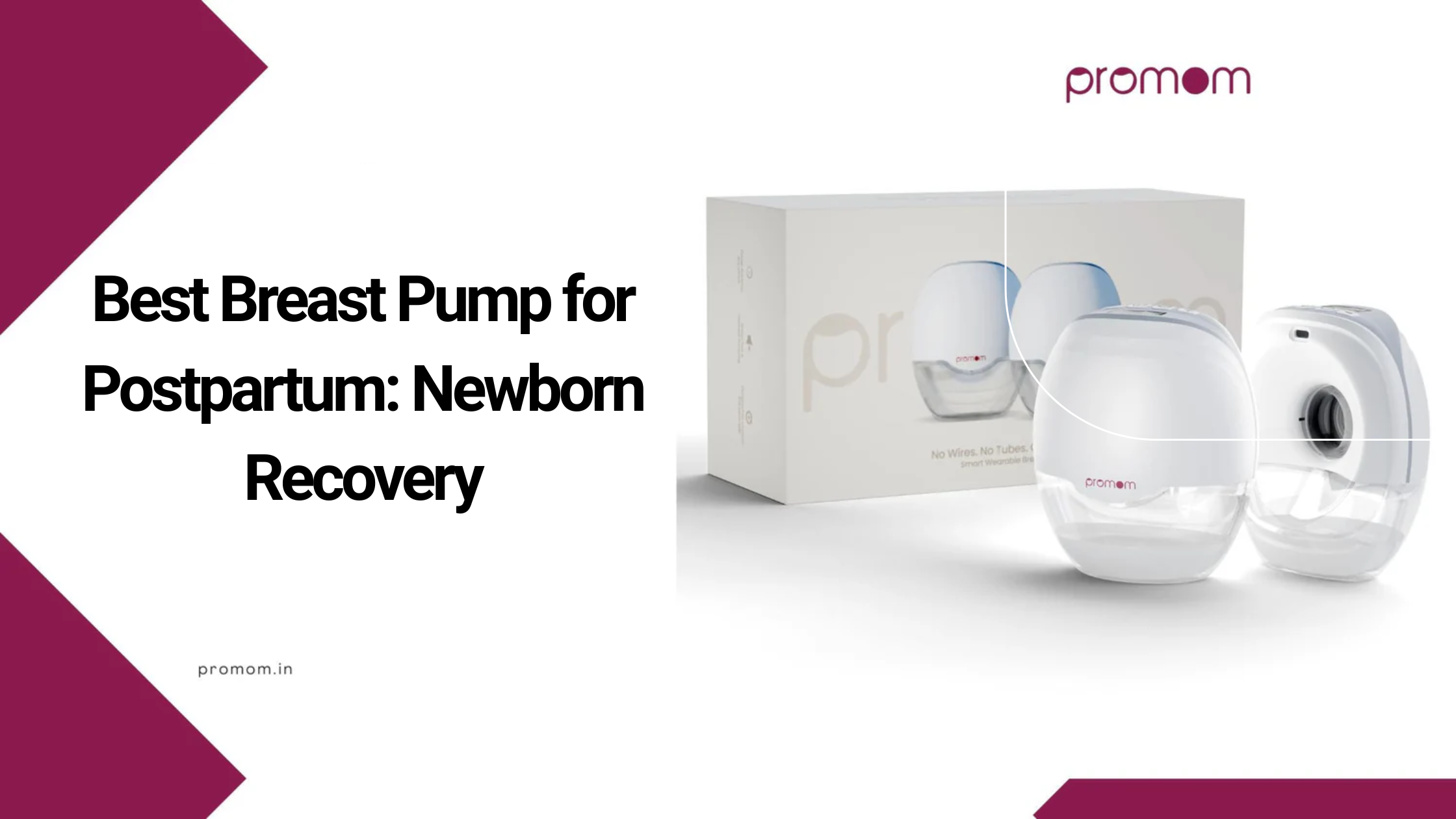
Breastfeeding Pump: What Every Parent Should Know
It is often not easy for new parents to decide whether it would be beneficial to use a breast pump or not. Pumps can be used to express breastmilk to feed the baby when you are busy, to help with increasing your supply of milk, and to enable you to leave your baby for many hours. But it’s important to choose the pump correctly and to use it correctly as well. Today, Promom is here to give you all the information you will require regarding the choice and usage of a breastfeeding pump.
Choosing a Breast Pump
There are three main types of breastfeeding pump:
- Manual Pumps: Manual pumps are those that are operated by the hand of the user or any other body part. They are small, lightweight, and cheap but require one to exert so much effort when milking. Manual pumps can be used occasionally or as a reserve, but constant pumping is tiring.
- Battery-Powered Pumps: These pumps use batteries and enable you to pump not requiring a socket connection. They are transportable for the pumping session in different places and they are useful when you are traveling. However, batteries will add extra costs in the long run. Single and double electric pumps are battery-powered pumps.
- Electric Pumps: Manual pumps require the user to manually compress the rubber bulb while using an electrical outlet to create suction with electric pumps. They are also affordable, easy to wear for long hours, and cheap compared to the long-term costs in the long run. The electric pumps also allow for double pumping which shortens pumping time by more than half. Buy a pump from a reputable manufacturer for durability and standard compliance.
Tips for Choosing a Pump
- Think about when you often need to pump and the number of pumps at each session.
- The main focus should be given on the comfort and the suction power of the tool.
- Check noise level if pumping at work or around others
- If pumping often, then it is wise to go for the double electric type to avoid spending a lot of time pumping.
- A breast pump if used correctly can help relieve discomfort and support breastfeeding.
After having settled on a breast pump, it is pertinent that you familiarize yourself with the correct usage methods in regard to milk letdown, soreness as well as injury prevention, and hygiene.
Pumping Schedule
It is advisable to wait for about 3-6 weeks postpartum before introducing the bottle or the pump according to most lactation consultants. Then, it is suggested to pump it every 2-3 hours if you are not with your baby. This means that if you want to breast feed the baby for one hour then it will be advisable to have the same hours in the day when your body will be signaled to produce milk.
Pumping Tips
- Prepare breasts for let-downs before pumping through breast massage and relaxation.
- If milk flow is slow, then warm compresses can be applied or one can take a warm shower.
- Listen to some soft music, think of your baby or look at his/her photos during the pumping process.
- Express milk for 2-5 minutes after let down to ensure the breasts are well emptied.
Proper Assembly, Use & Cleaning
After each use, the different parts of the pump have to be washed to prevent contamination or mold formation. Always adhere to the manufacturer’s instructions and recommendations on how to assemble and disassemble the pump. Clean all utensils that will come into contact with the milk with hot soapy water or with the help of a steam bag. Allow to air dry before the next use fully.
Storing Expressed Breastmilk
When expressed with a breastfeeding pump, human milk must be stored in a refrigerator at 4°C (39°F) and is good for 4 days in most cases. Milk also can be frozen for up to a couple of days or in containers that are specifically meant for breast milk storage. Make sure all containers used are closed tightly and then clearly labeled with the date before being put in the freezer.
Feed Your Baby Safely
Check that milk that has been thawed or cold milk has not been sitting for more than the above durations before giving to your baby. It is also important to note that breastmilk once thawed should not be refrozen. Milk should always be checked before feeding – if it has a sour smell or has begun to curdle, it should not be fed to the child. It is always better to take the side of caution.
Conclusion
Some modification is necessary to use a breast pump, but it provides more convenience and mobility for nursing mothers. These steps are considered the best practices for a successful selection and appropriate pump use. To buy your breastfeeding pump today, visit Promom.in!


